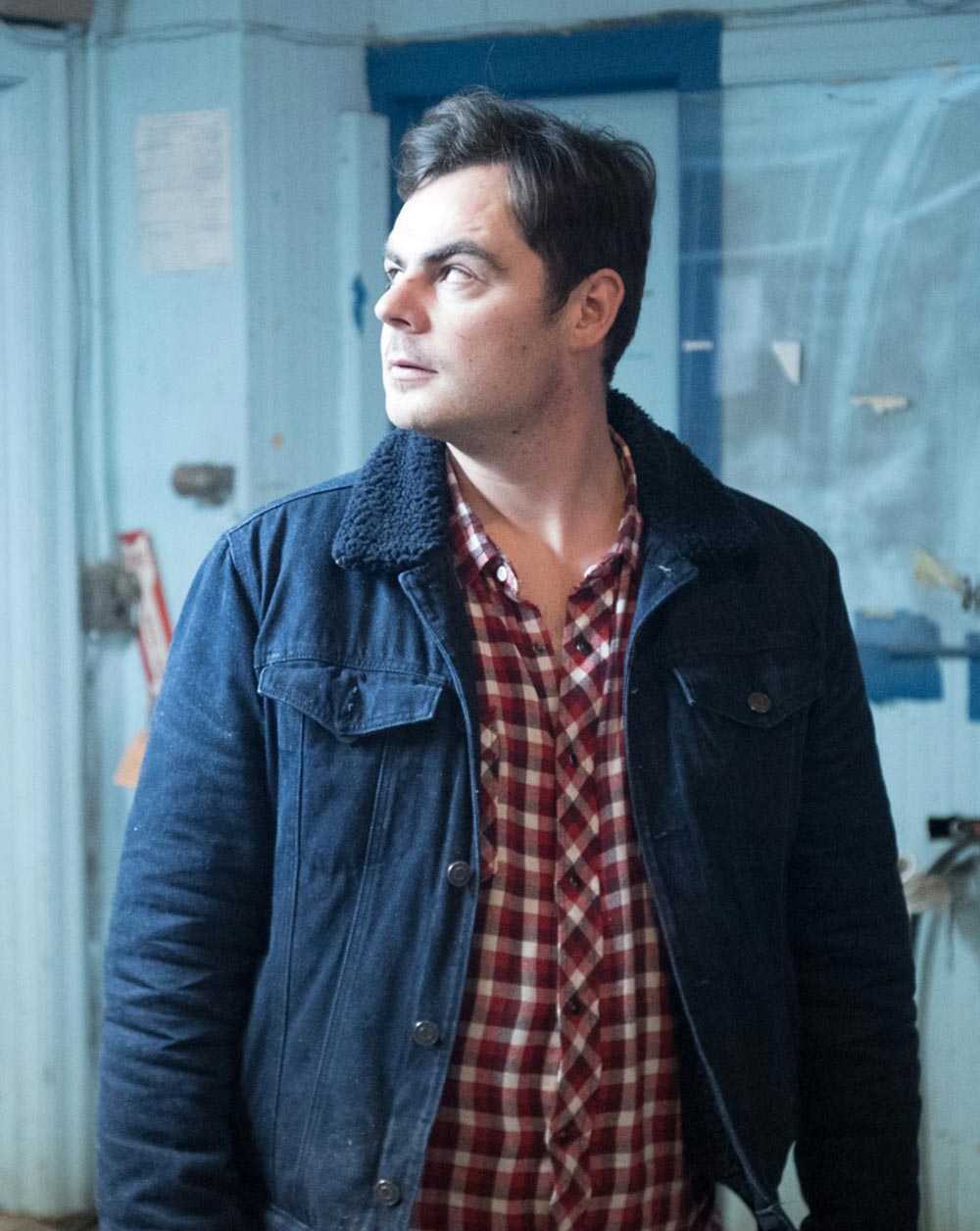Consensus-Based Filmmaking
by Jen Johnson
Jen Johnson, producer, discusses how Strangetown was developed using an unusual non-hierarchical model.
Film is known as one of the most rigid, hierarchical industries out there. Why? It’s a business. It requires specialized skills. Decisions are easier when you know who you report to.
But that also means film is an industry where most of the creative input in the project is controlled by a handful of people at the top of the hierarchy.
Well fuck that.
With Strangetown, we rejected that model. Instead, we opened up a call for Bay Area artists to share their ideas and dream up what they wanted to make in the world of Strangetown, USA.
Here’s how we did it.

We started by agreeing we wanted to make a music video together.
That’s the first step – hierarchy or no. You have to want to do it. Strangetown started when Adam “Ready” Richman told a handful of filmmakers and immersive artists that he wanted to make a music video for his dear friend, the talented musician Pancho Morris.
A few of us – Chris Swimmer, Ad Naka, Dillon Morris, Pancho and myself – got together in a living room. We closed our eyes and listened to the song, then shared with each other what we saw. We saw weird, surreal, and dark.
Then Pancho told us what inspired him to write the song – the “this can’t be real” feeling of Trump being elected as the nominee for President – and we realized that we needed to tell a political story. A weird, surreal, dark political story.

We pooled our ideas and workshoped our story, together.
Not every music video works the same way, but here’s a standard process: a handful of directors submit treatments to the musician that communicate their concept of a video they’d make, and then the artist chooses their favorite submission based on the proposed story or visuals in the treatment.
For Strangetown, we reached out to everyone who we’d been talking to about the video thus far and asked them to pitch their narrative ideas. With a half-dozen or so treatments submitted,we met as a group to talk about them all.
We read through each person’s treatment and talked about what we liked about each of them. Then we voted to decide which of the concepts would become the “backbone” for the video — understanding that collectively we would expand on it.
Then we remembered what we were excited about with the other pieces, and looked for ways to work those themes and ideas into the backbone we chose. The result was a story about a character who travels through Strangetown, USA, taking us on a tour of the staggering wealth inequality in America.
We created opportunities for many artists to create scenes in a single video.
We knew we wanted to involve our greater artist community in co-creating Strangetown, so instead of developing the entire story moment-to-moment the way a director and cinematographer might do, we created a structure for artists to fill out: there’s a Red World and a Gold World.
Then we put a call out to hundreds of artists in the Bay Area, asking them to send us what they would like to create in these worlds. We shared the narrative and the treatment as it existed so far, and asked people what they thought.
And they thought of some weird, surreal, dark, political art.

We asked people what they wanted to do, not what they knew how to do.
Whether you’d been in the film industry for a decade, came from the immersive arts, or beginning a journey as an artist, folks were encouraged to seek out roles that excited them, regardless of current skill level. Apprenticeships sprouted as this model translated to a mix of seasoned veterans and first-time filmmakers working together in a relatively unorthodox way.
The approach to building the Strangetown production team focused on learning and supporting each other to grow as artists. Because trusting each other and working together at something new is a great way to grow as a community.

We were open to everyone’s ideas for improving the project.
During production Strangetown operated in many ways like a traditional shoot. We had a schedule. We called out “places” and “action” and “cut.”
But the collaborative spirit we found in pre-production held true during production, too. There are a lot of decisions that get made on the fly during a shoot, but the atmosphere on set encouraged everyone — whether you were a PA or a producer — to contribute ideas and stay involved.
Things like having the white suit presented to Pancho in Consumerland, for example, or even to have the protester from the Red World sneak into the Gold World and hand Pancho the gun, these were the kinds of ideas that would come up from “below the line,” during the shoot.

We toppled capitalism.
Okay, that last claim might be ahead of its time. But we made a beautiful, biting critique of the inequality plaguing our world, and we did it in a way that valued the contributions and creative input of all of our cast and crew.


